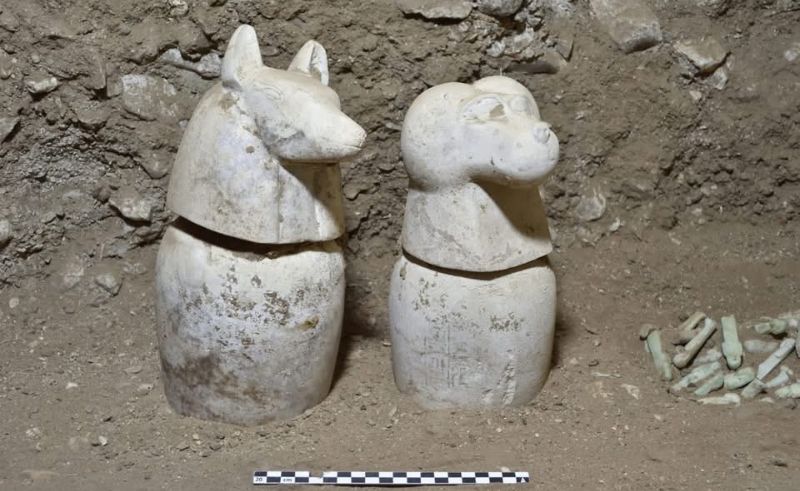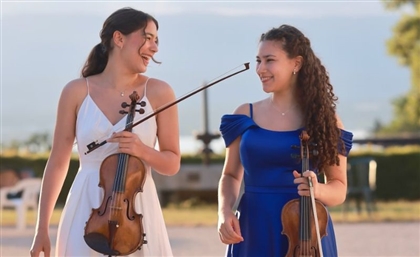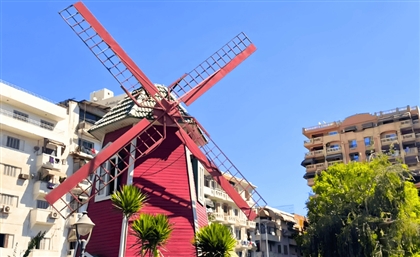Discovery of Ancient Workshops, Tombs, and a School In Luxor
Archaeologists uncovered tombs, storage cellars, and what may be the first school inside Ramseum Temple in Luxor.

A joint Egyptian-French archaeological mission uncovered a network of tombs, workshops, and administrative buildings near the Ramseum Temple in Luxor’s West Bank. Among the discoveries was a rare “House of Life,” an educational institution believed to have functioned as a scientific school in connection with the temple. Excavations also revealed a wide assortment of tools, children’s toys, and drawings, suggesting the site once hosted instructional activities.
To the east of the site, archaeologists found evidence of what are thought to be administrative offices, while the north side yielded large storage cellars that held olive oil, honey, animal fats, and wine. A number of wine jar labels were recovered in the process. A cluster of tombs dating to the Third Intermediate Period was located in the northeastern section, where archaeologists also found coffins, burial tools, canopic jars, and over 400 ushabti figurines.
The discoveries add a new dimension to the understanding of the Ramseum’s role in ancient Egyptian life. Originally a royal temple complex for Ramses II, the site was known for ritual and administrative functions. Over the centuries, it evolved into a priestly necropolis and later, during the Ptolemaic and Roman eras, a quarry site. The temple’s original use dates back to the New Kingdom and included a full hierarchy of workers, scribes, and artisans under royal authority.
The mission, which began in 1991, has worked on restoring many parts of the temple, including the royal palace and numerous statues and courtyards. Their latest efforts included re-identifying a Middle Kingdom tomb discovered in 1896, and reconstructing statues of Ramses II and his mother Toya.
- Previous Article Policy Lets Parents Opt Out Of Uniform & Textbook Costs in Abu Dhabi
- Next Article Six Unexpected Natural Wonders to Explore in Egypt



























